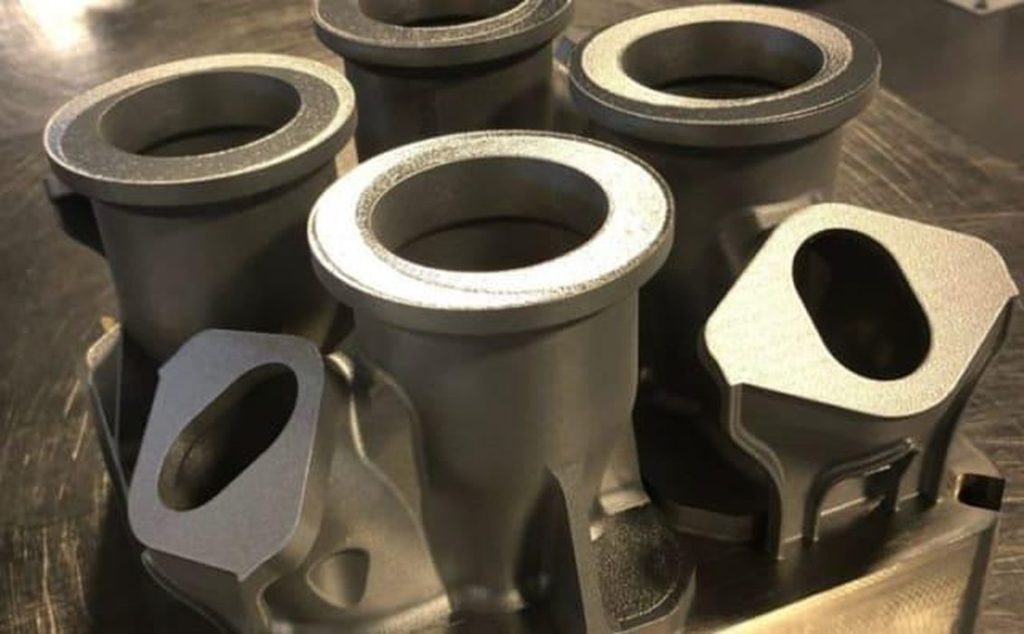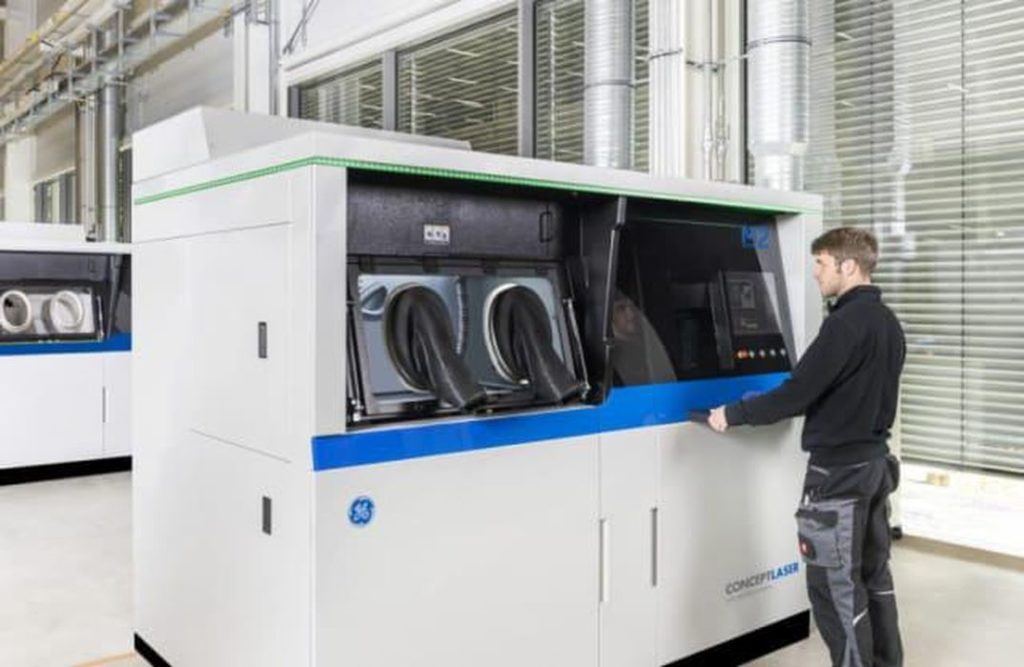
Working with GE Additive, GE Aviation has made the switch to 3D printing four parts that were previously produced with castings.
GE Aviation is no stranger to the benefits of 3D printing. The company acquired Morris Technologies in 2012 and two 3D printing companies in 2016, which led to the establishment of GE Additive in 2017. While the benefits may not have been immediate, the evolution of additive manufacturing has enabled the company to finally switch four parts from conventional castings to 3D printing.
“This is a game-changer,” said Eric Gatlin, GE Aviation additive manufacturing leader. “This is the first time we did a part-for-part replacement, and it was cheaper doing it with additive than casting. To make sure we demonstrated cost competitiveness, we had four outside vendors quote the parts, and we still came in lower with additive manufacturing.
”Knowing that supplying replacement parts needs to happen for the lifetime of the product, ensuring that the parts—as well as the materials they are made of—are available is a necessity. During the annual castings audit in early 2020, the company focused on singling out parts that would be ideal for 3D printing. A range of considerations was necessary, from 3D printing capabilities to size to post-processing.
After looking at low-volume replacement parts and production-volume parts for new programs, the team identified 180 cast parts that were potential forerunners for the move to 3D printing. Working alongside GE Additive, teams of engineers split into groups to calculate the ROI for printing each part.
After dozens of parts cleared the initial screening, the search was narrowed down to nine parts that were able to fit inside a Concept Laser M2 machine. These final nine were made from either CoCr, an alloy of cobalt and chrome often used for hot turbine parts, or Ti-64, a stiff, lightweight titanium-aluminum-vanadium alloy used for structural parts.

With engineering resources and cost savings as the prime areas of focus, the team finally settled on the four parts, which are adapter caps for the bleed air system of the LM9000, a land/marine gas turbine. Each part is approximately 3.5 inches in diameter and 6 inches tall. CoCr was the material chosen since it has the capability to handle hot compressed air from the turbine compressor.
Read more at ENGINEERING.com
